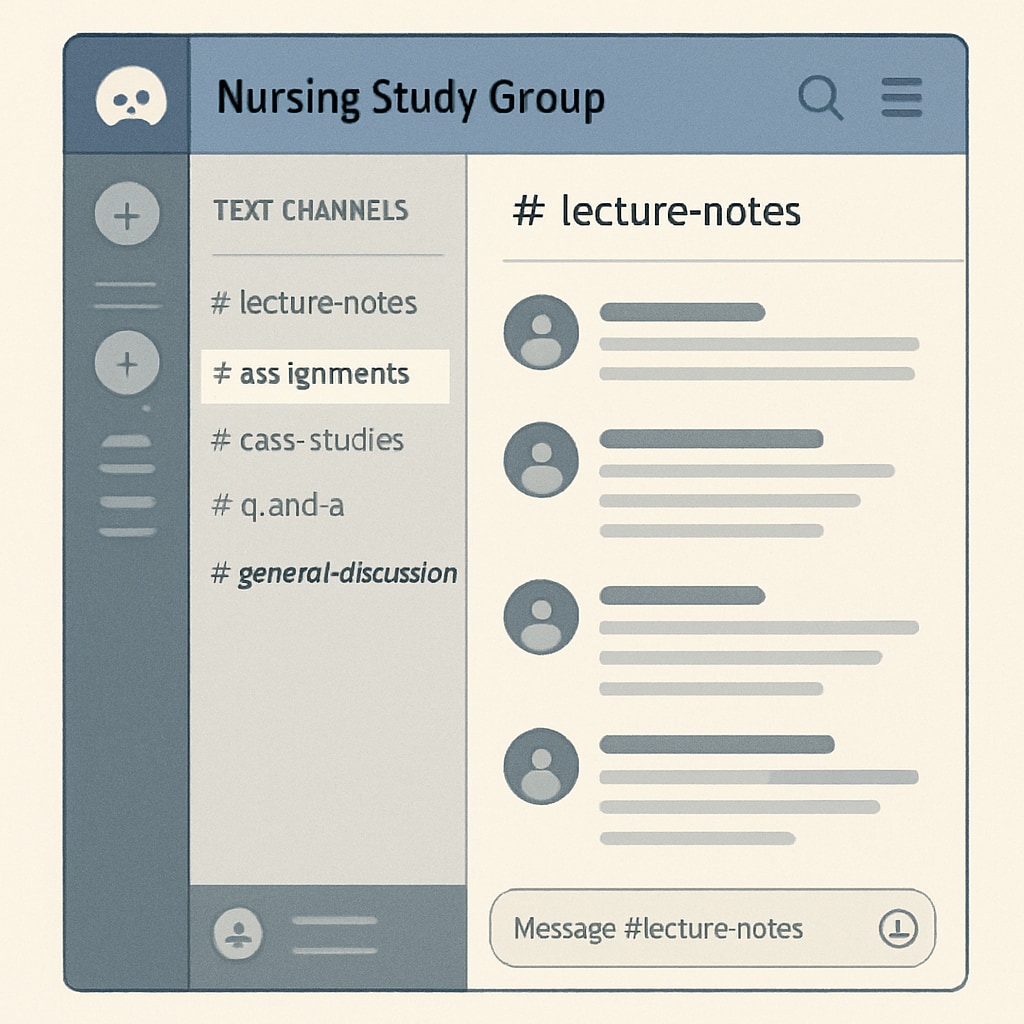In the digital age, nursing students have the unique opportunity to connect with peers through study groups and platforms such as Discord. These tools are especially valuable during the K12 stage, helping students explore their interest in healthcare and build foundational knowledge about nursing careers. Learning communities play a crucial role in fostering engagement, enhancing collaboration, and promoting a deeper understanding of the profession.
The Importance of Early Exposure to Healthcare Careers
The journey to becoming a healthcare professional often begins with early exposure to the field. For nursing students, understanding the fundamental principles of patient care, anatomy, and the healthcare system is key. Introducing these concepts during the K12 years can spark curiosity and provide a strong foundation for future studies.
Study groups and digital platforms offer a collaborative environment where students can exchange ideas, seek guidance, and develop critical thinking skills. For example, using Discord, nursing enthusiasts can join dedicated servers to share resources, participate in discussions, and even hear from professionals in the field. This level of interaction fosters a sense of belonging and motivates students to pursue their goals.

How Discord and Study Groups Enhance Learning
Discord, originally created for gamers, has evolved into a versatile platform for educational purposes. Its customizable channels and voice chat options allow nursing students to create study groups tailored to their needs. For example:
- Resource Sharing: Students can upload textbooks, notes, and articles for group access.
- Real-Time Communication: Voice and video calls enable live discussions and brainstorming sessions.
- Expert Insights: Guest speakers can join servers to deliver lectures or Q&A sessions.
Moreover, Discord’s structured organization ensures a seamless experience. Channels can be categorized by subject, such as pharmacology, anatomy, or clinical skills, allowing members to focus on specific topics. This level of organization is particularly beneficial for nursing students juggling multiple responsibilities.

Strategies for Educators to Build Effective Learning Communities
Creating a thriving learning community requires careful planning and commitment. Educators can implement the following strategies to ensure success:
- Introduce Technology Early: Teach students how to use platforms like Discord responsibly and effectively.
- Foster Collaboration: Encourage group projects, peer mentoring, and shared problem-solving activities.
- Invite Professionals: Partner with local healthcare providers to offer workshops or guest lectures.
- Promote Inclusivity: Ensure all students feel welcome and valued in the community.
In addition, educators can use external resources to enhance the learning experience. For example, Wikipedia’s Nursing page provides a comprehensive overview of the profession, while Britannica’s Nursing article offers in-depth insights into historical and modern practices.
The Future of Nursing Education in the Digital Landscape
As technology continues to evolve, the potential for digital learning platforms will only expand. Nursing students who embrace these tools during their K12 years are better positioned to succeed in higher education and their careers. By fostering early interest and providing access to supportive learning communities, educators can inspire the next generation of compassionate and skilled healthcare professionals.
Whether through study groups, Discord servers, or other digital resources, the opportunities to connect, collaborate, and grow are endless. The key lies in building an environment where students feel empowered to explore their interests and achieve their goals.
Readability guidance: This article maintains a balance of short paragraphs and lists to enhance readability. By limiting passive voice and emphasizing active engagement, it ensures the content remains accessible to a wide audience.


